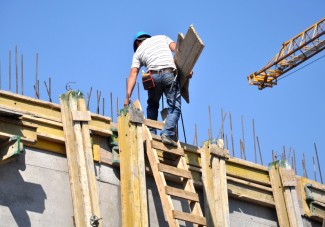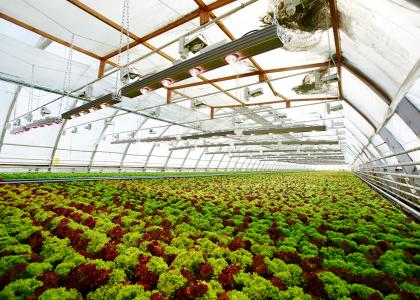The Atlantic hurricane season is just beginning, and experts are predicting another active year. With that forecast and last year’s devastating storms in mind, many are calling for a rebuilding strategy that reduces the risk of repeated devastation by building more resilient communities. Energy efficiency should be a central component of that strategy. Its technologies and practices can make our electric grids and built environment more resilient during extreme weather events.
Congress has a chance to get this right. The US House of Representatives has already passed key provisions of a relevant bill, the Disaster Recovery Reform Act, with a bipartisan vote on a broader bill necessary to extend the Federal Aviation Administration’s authority. The bill, now under consideration in the Senate, would amend the Stafford Act to allow cost-effective pre-disaster risk mitigation and rebuilding using the latest “hazard-resistant designs” and building codes.
As this bill and others are considered, energy-efficient technologies should be recognized as elements of hazard-resistant design and more broadly as an essential component of resilient infrastructure. Here are some approaches that work.
Combined heat and power, microgrids, and district energy systems
Combined heat and power (CHP) systems provide power and fulfill thermal needs for many hospitals, larger buildings, and campuses by generating electricity and heat in an integrated way, while also reducing wasted energy. They have been providing energy and refuge through extreme weather events for years. During and after Superstorm Sandy, Long Island’s South Oaks Hospital, Little Ferry Water Pollution Control Facility (WPCF) in New Jersey, and many multifamily buildings kept the lights and heat on, thanks to CHP. The population of one Manhattan residential complex that relied on CHP to power its heating, water system, elevators, and electricity nearly doubled while providing refuge to neighbors during the storm.
CHP-powered microgrids and district energy systems can provide additional resilience benefits. Microgrids connect selected buildings and facilities to distributed energy supplies. They are usually connected to the grid but can disconnect from the grid and supply power independently when the grid is incapacitated, enhancing resilience. Microgrids can even provide reliable power during storms. During times of stress, microgrids can reduce demand on the larger grid with energy efficiency programs, demand response, and intelligent management systems that help to ensure local supplies can meet demand when the microgrid is operating independently. For example, during Superstorm Sandy, Co-op City in the Bronx maintained power for its 50,000 residential and commercial consumers using gas and steam turbines for CHP and large gas boilers for thermal energy. Co-op City’s microgrid, one of the largest in the world, even exported 10,700 MWh to the grid during the polar vortex of 2013.
District energy systems often use efficient CHP units to supply not only electricity but also hot water or steam and chilled water to buildings for space heating, domestic hot water, air conditioning, and industrial-process energy. They can also use thermal energy storage and waste heat rather than grid power, which reduces electric grid demand. For example, as historic flooding in the Brays Bayou devastated the Houston region during Hurricane Harvey, a CHP-power district energy system ensured that the air conditioning, refrigeration, heating, sterilization, laundry, and hot water needs of Texas Medical Center were met throughout the storm. Such systems can also provide benefits to the grid during regular operations. The Texas Medical Center system has the capacity to meet 100% of summer peak power needs and still export excess power to the grid during peak events.
Building energy codes
Strong building energy codes should serve an important role in hazard mitigation strategies for resilient buildings. Building codes ensure that new buildings meet health and safety requirements, including resilience during and after severe weather events. Energy codes, which set minimum energy efficiency thresholds, are one important aspect of the need for improved building codes overall.
For example, building thermal performance, one factor addressed by building codes, is an important indicator of energy resilience. Increasing the efficiency of a home by improving the building envelope can make a home more comfortable during power outages as efficient buildings stay warm or cool longer than inefficient buildings. Efficient buildings also reduce occupants’ vulnerability to heat waves and cold snaps.
Preparing for the future
Broadly, Congress, federal agencies, and local governments must allow for rebuilding with new technology that enhances resilience, not just rebuilding what we had. Making energy efficiency a part of disaster preparedness and post-disaster rebuilding will advance technology, reduce waste, improve resilience, and save money for generations of future consumers on a massive scale.

